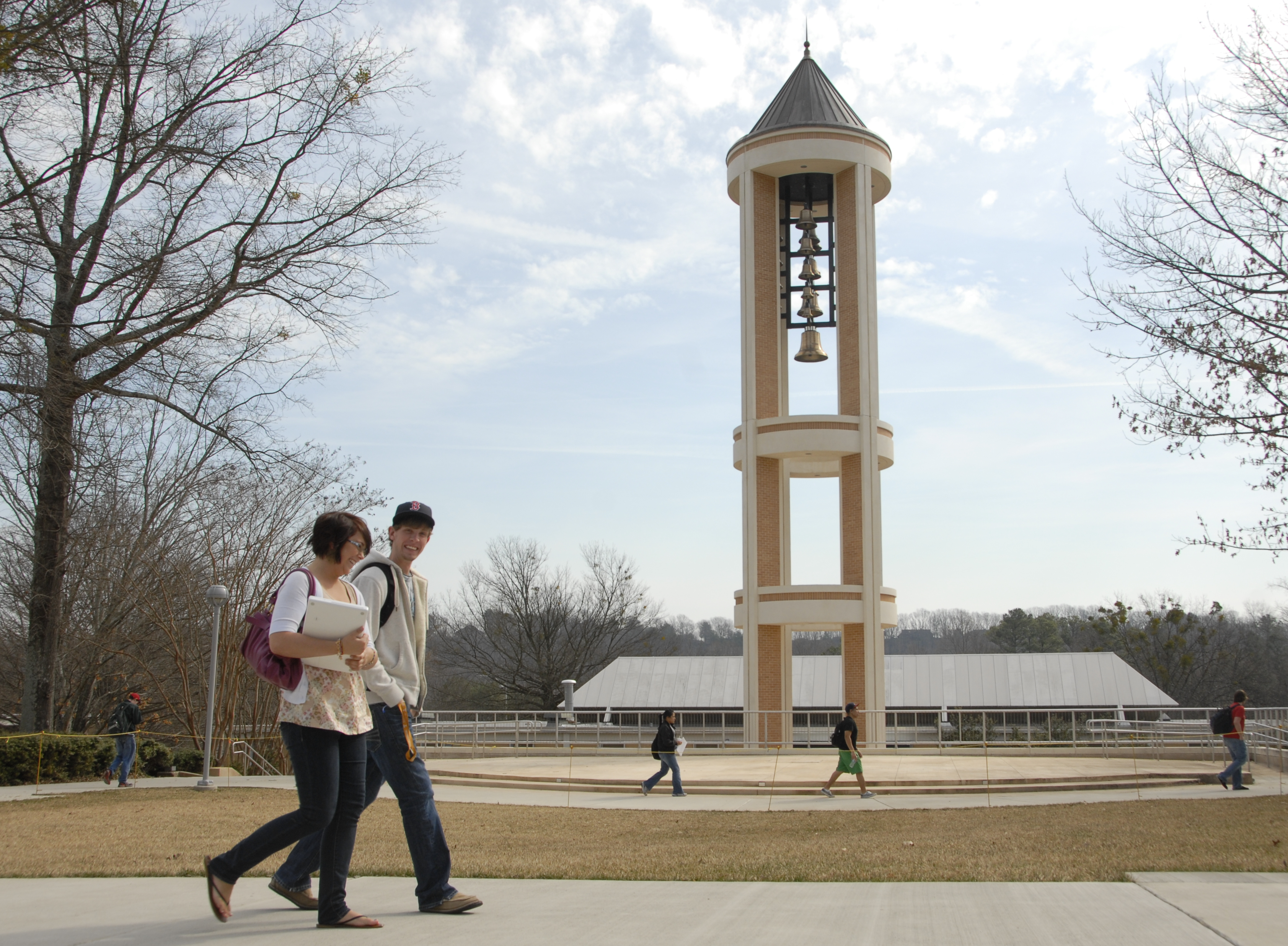With millions on the line, Chattanooga and Dalton college administrators will monitor federal funding reform efforts in 2018.
Republicans introduced a rewritten Higher Education Act earlier this month that would create a new requirement for schools that receive grants for teaching low-income and minority students. Those schools - Title III and Title V programs - would have to see at least a quarter of their students graduate or transfer within six years of enrolling.
After a vote along party lines Dec. 13, the House Committee on Education and the Workforce voted 23-17 to approve markups to the reform. Congress can take up the Promoting Real Opportunity, Success and Prosperity through Education Reform Act.
"The PROSPER Act delivers the serious reforms needed to empower students and families to achieve an essential part of the American dream: earning a high-quality education, finding a good- paying job, and living a successful life," said the bill's sponsors, Rep. Virginia Foxx, R-N.C., and Rep. Brett Guthrie, R-Ky.
The extra funding exists because, historically, first-generation college students have a more difficult time graduating. Locally, two schools could be affected by the federal measure: Chattanooga State Community College and Dalton State College.
Chattanooga State is part of the Strengthening Institution Program, meaning it receives federal money for teaching a lot of low-income students. To qualify, at least half of a college's students must receive needs-based financial support. Chattanooga State spokeswoman Nancy Patterson said 79 percent of students fall into this category.
The school received $2.25 million under the Strengthening Institution Program in October 2015, allowing administrators to hire more specialists and academic coaches. The money also funded an orientation program and student success courses.
But Chattanooga State could be in trouble under the proposed new threshold. The six-year graduation rate for students who enrolled in 2010 was 20.5 percent, according to the Tennessee Higher Education Commission. The rate was 20.6 and 21.8 percent in the prior two years.
However, the number of students transferring out could push Chattanooga State over the top. In 2012, 13 percent of students transferred.
"The graduation rate needs to improve, and funds like Title III have helped us ramp up this important work toward better graduation rates," Chattanooga State President Rebecca Ashford said in a statement. "We already see encouraging leading indicators from our internal tracking of students touched by the grant."
In 2018, Dalton State will apply for federal money as a Hispanic Serving Institution, the culmination of an effort that stretches back years. To qualify, at least one in four Dalton State students must be Latino. The school passed that threshold this fall.
For students seeking a bachelor's degree, the most recent six-year graduation rate was 22.9 percent.
"Our experience is typical for an access institution," Dalton State President Margaret Venable said in a statement. "It's not so much that our students are Hispanic as it is that our students tend to be first generation and low income. But we are working hard at improving gradation rates."
She said the school is trying to improve its advising and remedial education programs to boost the graduation rate. The school might qualify regardless, because of the students who transferred to other colleges.
Of the students who came to Dalton State six years ago, spokeswoman Pam Partain said, about 4 percent eventually graduated at other Georgia colleges and universities. Still, that boost would barely put Dalton State above the proposed threshold for federal funding, a measure that could be close every year.
Partain said the number of transfers is likely higher than reported, but keeping track is difficult. When a student leaves, the school does not have hard data on what happened to them unless he or she graduates in Georgia.
In theory, the student could leave Dalton State after one year, enroll at Berry College and then drop out. Dalton State would not have a statistic counting the student as a transfer.
And then there other variables. Does the proposed "completion rate" apply to both full-time and part-time students? And if a school offers both bachelor's and associate degrees, can the school add those rates together? A spokesman for the House Committee on Education and the Workforce did not respond to an email seeking clarification last week.
According to the Center for American Progress, 1,700 institutions are eligible for federal funding through Title III and Title V programs. Of those, the Center estimated, 28 could lose funding, including five in Georgia. Dalton State is not included because it is just now applying for grants as a Hispanic Serving Institution.
Defending the benchmark, Foxx told the Raleigh News & Observer that requiring a 25-percent completion rate forces schools to perform better. Instead of a reward for taking in low-income or minority students, the government will only reward colleges if enough of those students receive degrees to prepare them for the workforce.
"We're serious about promoting completion and actually focusing on the entire point of post-secondary education: getting the skills you need to have a successful life," she said.
Contact staff writer Tyler Jett at 423-757-6476 or tjett@timesfreepress.com. Follow him on Twitter @LetsJett.

